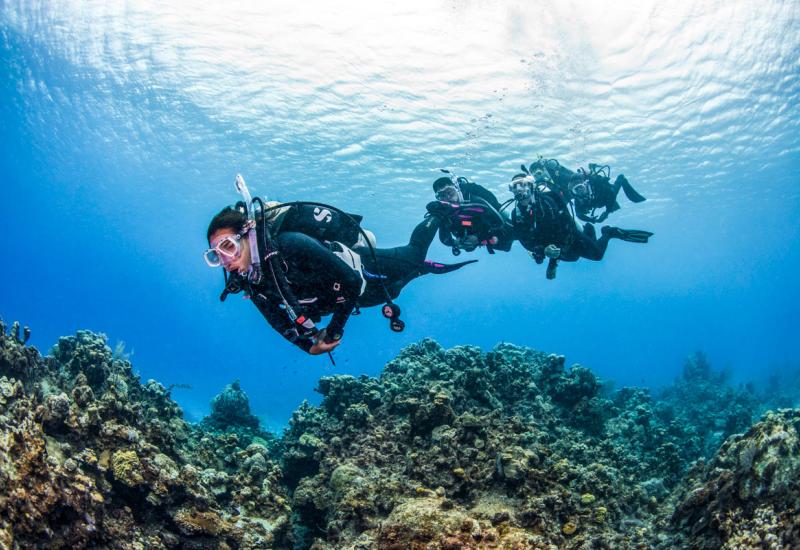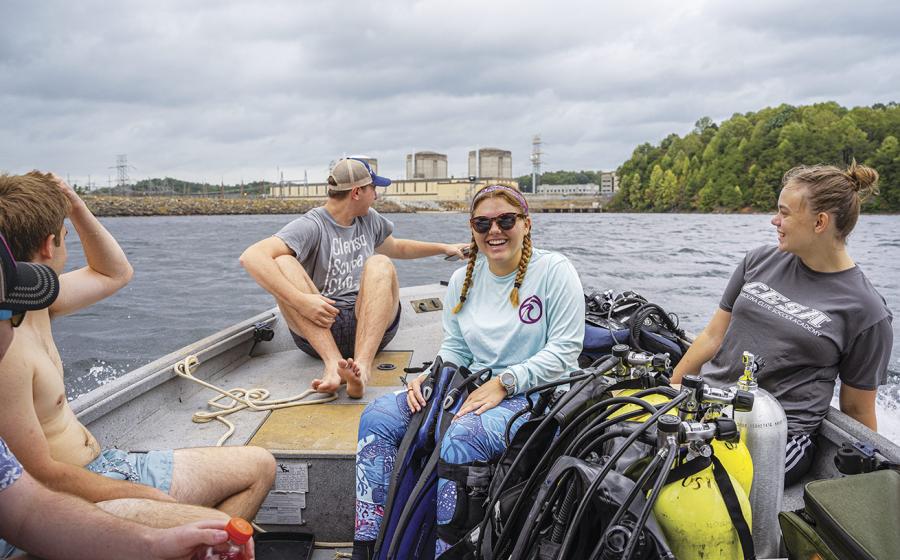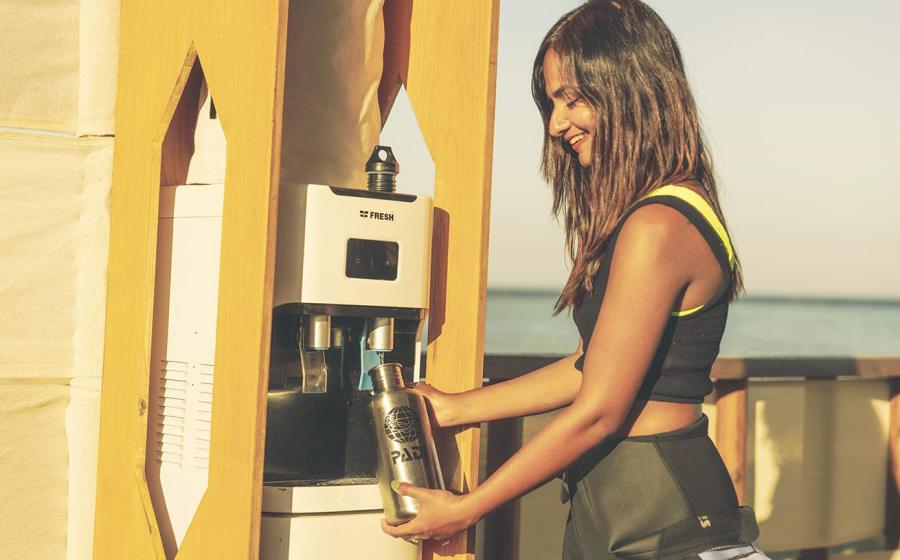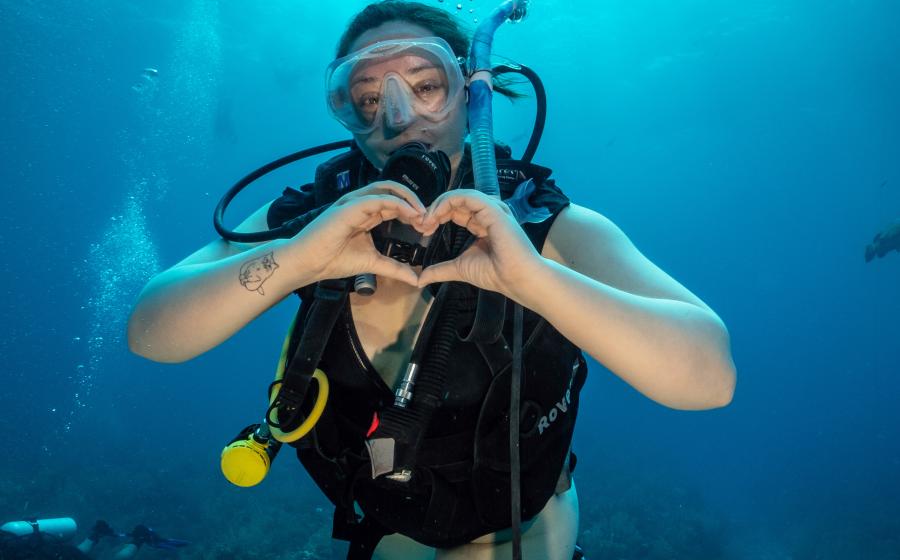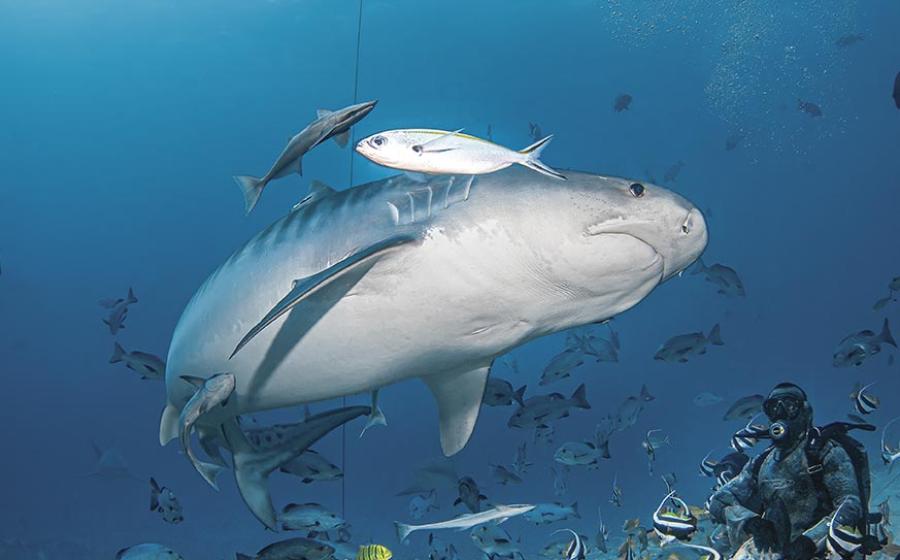Award-Winning Film: The Oyster Divers of Long Island Sound
Check out the incredible film that took first place in the Real Food Media Contest for Best Cinematography.
Premiering at the 2014 Food Film Festival in New York, The Oyster Divers introduces a group of Baymen who hand pick wild oysters in Long Island Sound.
The practice of handpicking wild oysters is very rare. The majority of oysters we eat are grown in farms at the surface of the water. Other wild oyster practices include 'raking', which involves dragging a rake along the sea floor, creating larger scale, and often unseen damage and disturbance. By handpicking the oysters, not only are the divers able to choose the correct size (over 3 inches), thereby leaving the younger, underdeveloped oysters to grow, they also cause only a minor disturbance to the surrounding habitat.
Oysters are also well know to clean and filter the ocean, and several US harbor cities, including New York and Boston, have programs to reintroduce oysters to the waters in an effort to reduce pollution and encourage healthier habitats (billionoysterproject.org and massoyster.org). In the part of the Long Island Sound where the film is set, the water is some of the cleanest on the Northeast coast. The presence of oysters plays a big part in that.
Filmed in collaboration with Empire Oyster and NY Oyster Week co-founder Kevin Joseph, featuring music by Nils Frahm and The American Dollar (theamericandollar.info).
The Oyster Divers from Show Love on Vimeo.
Check out the incredible film that took first place in the Real Food Media Contest for Best Cinematography.
Premiering at the 2014 Food Film Festival in New York, The Oyster Divers introduces a group of Baymen who hand pick wild oysters in Long Island Sound.
The practice of handpicking wild oysters is very rare. The majority of oysters we eat are grown in farms at the surface of the water. Other wild oyster practices include 'raking', which involves dragging a rake along the sea floor, creating larger scale, and often unseen damage and disturbance. By handpicking the oysters, not only are the divers able to choose the correct size (over 3 inches), thereby leaving the younger, underdeveloped oysters to grow, they also cause only a minor disturbance to the surrounding habitat.
Oysters are also well know to clean and filter the ocean, and several US harbor cities, including New York and Boston, have programs to reintroduce oysters to the waters in an effort to reduce pollution and encourage healthier habitats (billionoysterproject.org and massoyster.org). In the part of the Long Island Sound where the film is set, the water is some of the cleanest on the Northeast coast. The presence of oysters plays a big part in that.
Filmed in collaboration with Empire Oyster and NY Oyster Week co-founder Kevin Joseph, featuring music by Nils Frahm and The American Dollar (theamericandollar.info).




